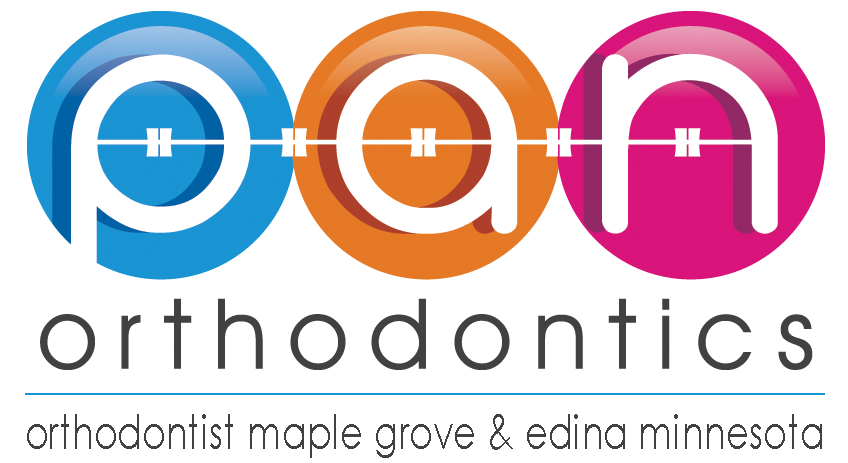Orthodontic Conditions - Overeruption
Overeruption, in dentistry, is the physiological movement of a tooth which is missing an opposing partner in the dental occlusion. Due to the lack of opposing force, in addition to the natural eruptive potential of the tooth, there is a tendency for the tooth to erupt outside the line of the occlusion.
Our teeth have the natural ability to adjust to changes which occur inside out mouth over time. This is achieved by a special feature which is called the periodontal ligament (PDL). PDL is a tissue which is connects the tooth to the bone and rearranges itself as a response to the forces the tooth receives. A primary function of the PDL is to compensate for the wear that teeth experience when we chew. This occurs by pushing the tooth out of the bone to provide resistance. When the opposing tooth is removed or not present, this function can be problematic and eventually lead to what is called “over eruption”. Overeruption occurs when a tooth pushes out of the bone beyond the other teeth in that jaw. This leads to overeruption, an uneven bite and misalignment of the neighboring teeth. Overeruption usually occurs following a tooth extraction, in the event that the removed tooth is not replaced. Due to the changes in the bite, food can easily become trapped between the neighboring teeth. The overerupted tooth can also prevent the ability to place an implant or denture in the opposing jaw. After the tooth has moved, it is more challenging, complicated and expensive to have a healthy bite and may require the involvement of orthodontic treatment, a root canal or crown.
The physiological movement of a tooth which lacks an opposing partner in the dental occlusion is typically referred to as overeruption, hypereruption, supraeruption, supereruption or continuous eruption.
Because of the lack of opposing force and the natural potential of the tooth to erupt, there is a tendency for the tooth to erupt outside the line of the occlusion.
Not all teeth which lack an opposing tooth, result in an overeruption. It is more common for unopposed upper jaw molars to overerupt compared to unopposed lower jaw molars. It is also more severe when it occurs in young people. The changes are most apparent in the first year following the loss of the opposing tooth.
Treatment
A systematic review regarding the treatment required for back jaw spaces without any teeth, found that overeruption was limited to two mm for most studies. The authors of the review which was completed also noted the poor quality of evidence and concluded that tooth replacement is not the recommended treatment plan.
Overeruption can cause interferences within the occlusion and also cause challenges when constructing dentures or an implant. It is common for the alveolar bone to overgrow, however, the root surfaces can be exposed to the oral environment which increases the risk for dental caries or cavities. Overerupted teeth are also commonly sharp because they lack normal tooth wear or dental attrition from the adjacent teeth while chewing.
Overeruption is typically treated by directing the tooth back to the intended position using orthodontic techniques, or by cutting the interfering portion of the tooth and installing a crown.
For patients who require a tooth extraction, it is critical to plan ahead for the replacement in order to avoid unnecessary and expensive treatment related to overeruption. Contact your dentist for a comprehensive examination and to create an effective treatment plan.
Pan Orthodontics Philosophy
To treat our patients as our families and to treat others as how we want to be treated. From your first phone call to the moment your new smile is born, everything in our office is set up to ensure an excellent experience with us. We will always listen to you and improve with your suggestions.
Featuring The Latest Orthodontics Technology
Our Commitment to You
We will continue to keep up with the ever growing digital technologies to improve your orthodontic experience. We also commit to always help you find the most convenient time for your visit with us.




